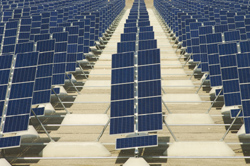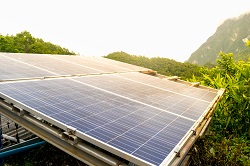Reducing the cost of solar cells - it's no FANTASI
Cost remains one the biggest obstacles impeding wider adoption of solar panels to produce electricity in a clean, sustainable manner. Substantial funding was made available through the Fifth Framework Programme to encourage research into new technologies capable of driving production costs down. The FANTASI project investigated the promising option of thin film solar cells, which require significantly less raw material for their manufacture. The challenge was to improve upon their less than competitive efficiency ratings. To achieve this end, IMEC, a Belgian research centre with considerable experience in the fabrication of solar cells, integrated a number of advances made during FANTASI. More specifically, the classical screen printing technique was enhanced with updated isotropic texturisation, shallow emitter diffusion, parasitic junction removal, dielectric Anti-refractive coating (ARC) and passivisation as well as screen printed metallisation. After each of the aforementioned processes had been optimised individually, IMEC attempted to combine them in such a way so as to produce the most effective overall result. The Belgian engineers had to resolve issues related to dislocations as well as bending of the wafers, which were accomplished through the use of an aluminium-based paste. In addition, by adjusting the rate of phosphoryl chloride (POCl3) diffusion and front metallisation, IMEC was able to boost the cell's blue response. The end result of their efforts was a thin film (200 micron) multicrystalline silicon solar cell with a very attractive efficiency rating of 16%.







